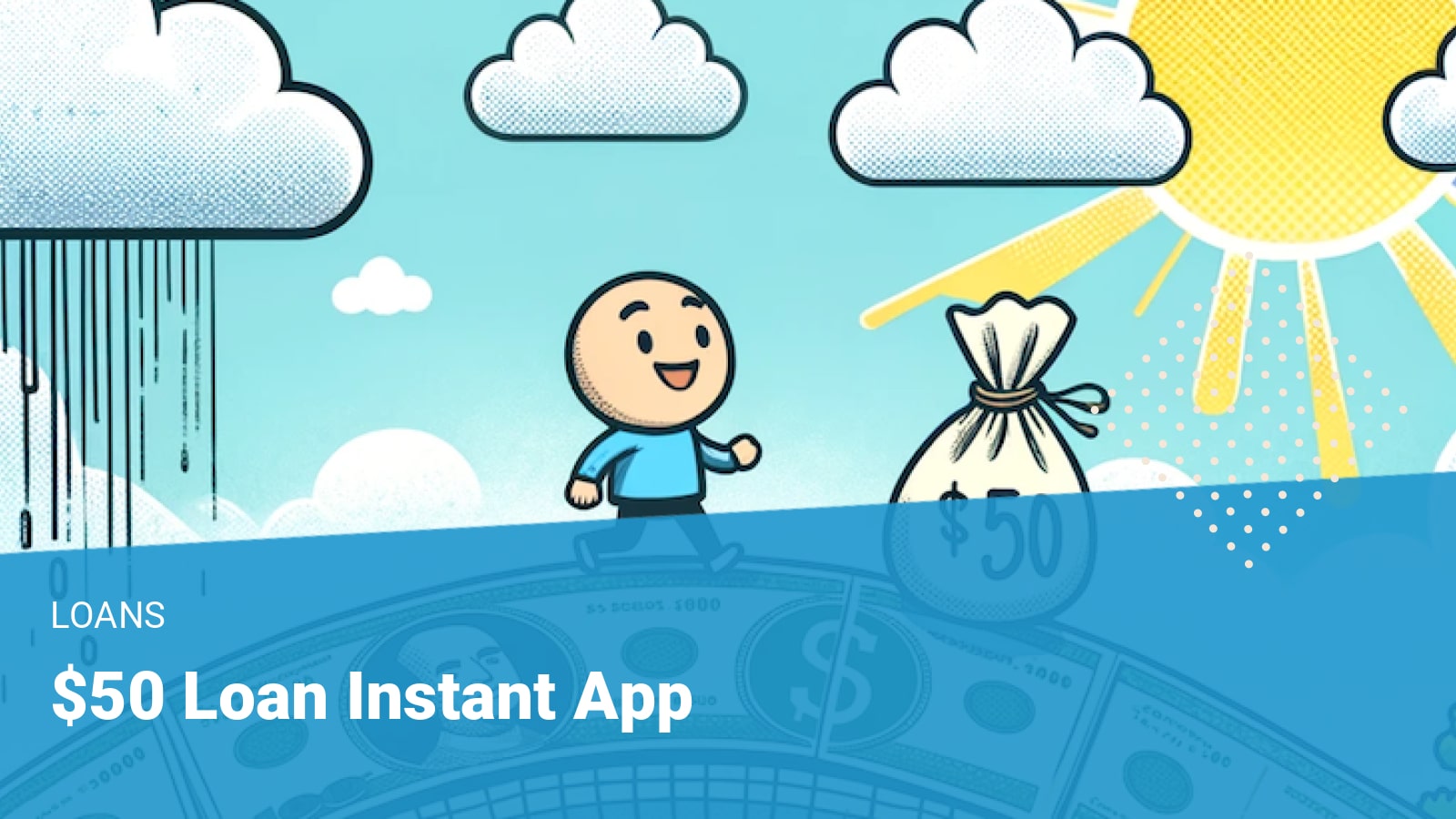Pros and Cons of High-Yield Savings Accounts
- December 26, 2023
- 8 min read
-
13622 reads
All savings accounts are not created equal. Although your basic savings account at your bank can help you save money for rainy days, it won’t grow your assets or help you reach a larger financial goal.
A high-yield savings plan may be a good option if you want to increase your savings as these accounts often pay 10 times or more than traditional savings.
In May 2022, for example, the Federal Deposit Insurance Corporation (FDIC) reported that the average national APY for a basic savings account was 0.07%. However, some high-yield savings plans offered 0.85% APY, which is more than 12 times the interest rate.
Read more: Get 3.40% APY with a Barclays Online Savings account
Is a high-yield savings account right for you? Compare high-yield savings account options before you make major financial decisions.
Here are some of the pros and cons of high-yield savings and how they can help you improve your financial health.
Read more: 181 Best Money-Saving Tips
Benefits of a High-Yield Savings Account
A high-yield savings plan accrues interest at a very high rate, allowing you to increase your savings and reach your financial goals faster.
Let’s take a look at the many benefits that a high-yield savings account offers:
1. Earn a Higher Interest Rate
Even though the interest rates now hover at around 1%, this yield is still better than the 0.06% return you’d get by keeping your money in a regular bank savings account.
2. You Don’t Have to Start with Much
Because these savings accounts compound interest daily, you’re making interest every day, and you don’t have to start with much money to save over time. For example, CNBC calculated that by making a weekly $20 deposit, you can save $1,000 in a year (which equals saving less than $4 per day).
3. There is No Risk
While there are other financial instruments that can generate greater returns (investing in S&P 500 earns approximately 10.5% per year), they are also subject to market fluctuations, and there’s always the possibility of losing your money.
FDIC-insured savings accounts are virtually risk-free and your funds will be protected as long as you have less than $250,000 in your account.
4. It’s Easy to Withdraw
If you ever need to access the money in your high-yielding savings account, you can do so.
5. No Additional Charges
High-yield accounts have few drawbacks other than the withdrawal restrictions and fees they may charge. A minimum balance may also be required.
6. Easy Online Access
Online savings accounts are usually easier to access than traditional bank accounts, so they’re often used for mobile banking purposes.
7. Move Your Money When You Need To
You can easily move your money from your high-yield savings account into other bank accounts.
Cons of a High-Yield Savings Account
1. Interest Rates can Fluctuate
While a bank may promote a high annual percentage yield (APY) when you apply, it probably won’t remain indefinitely because interest rates on high-yield savings accounts are flexible and can change at any time.
2. Not the Best for Long-Term Growth
High-yield deposits offer daily growth of your money and minimal risk, but long-term wealth growth is not best achieved through them. You should make investments rather than continue to add money to your savings account because the rate of inflation may be higher than the interest you earn over time.
3. Limited Withdrawals
You can access your savings, but only for a limited amount of withdrawals before incurring charges. The number of times you can withdraw money from your online savings account each month is limited by the federal withdrawal cap.
Holders of high-yield savings accounts are only permitted to take money out of their accounts up to six times a month without incurring a penalty fee or running the risk of having their accounts closed. This includes electronic withdrawals, checks, and wire transfers.
4. No Physical Bank Locations
The majority of banks that offer high-yield savings accounts online don’t have physical locations.
5. No ATM Cards
While some online banks do provide ATM cards for quick withdrawals, not all savings accounts do.
6. Long Transfer Times
You can transfer money between banks, but it could take a while—typically 24 to 48 hours.
Where to Find the Best High-Yield Savings Account
Variable rates on high-yield savings account rates are subject to market conditions, Federal Reserve policy, and economic changes over time. Rates may also vary depending on the overhead costs of each financial institution.
You should follow these steps to ensure you get the best rate on your account.
- First, check with your bank or credit union. Many financial institutions offer high-yield savings accounts, like CIT Bank which offers 1.65% APY on its Savings Connect account, or the Barclays Online Savings account, which offers 3.40% APY.
- Think about online banks. Online banking has lower overhead costs, which can allow them to charge lower fees and offer higher APYs than brick-and-mortar banks. SoFi, Varo, and Marcus are some of the most popular online banks.
- Compare more than just rates. When choosing a bank to join, you should consider fees, withdrawal limits, and minimum required balances.
💡 Tip: Make sure that you choose an FDIC-insured financial institution. This will protect you and your savings in the event that the bank goes under.
Conclusion
High-yield savings accounts (HYSA) are an essential financial product if you’re building an emergency fund or planning on saving up for something in the near future.
You can get more return on your money than you could in a brick-and‑mortar bank account because your cash is safe and accessible.
How do high-yield savings accounts work?
As the name suggests, a high-yield savings account offers higher yields on your savings than a regular savings account. They are usually run by online banks, neobanks, and credit unions. High-yield savings accounts offer a much higher return for your money than regular savings accounts.
What are the best high-yield savings accounts?
Some of the best high-yield savings accounts include CFG Bank, UFB Direct, BrioDirect, TAB Bank, and Bask Bank.
What banks offer high-yield savings accounts?
Some of the banks that offer high-yield savings accounts include SoFi, Varo, and Marcus.
How to pick a high-yield savings account?
Important factors to consider when choosing a high-yield savings account include interest rates and fees, as well as the ease of transferring to and from linked accounts.
Sources
- Federal Deposit Insurance Corporationaccessed on September 29, 2022








